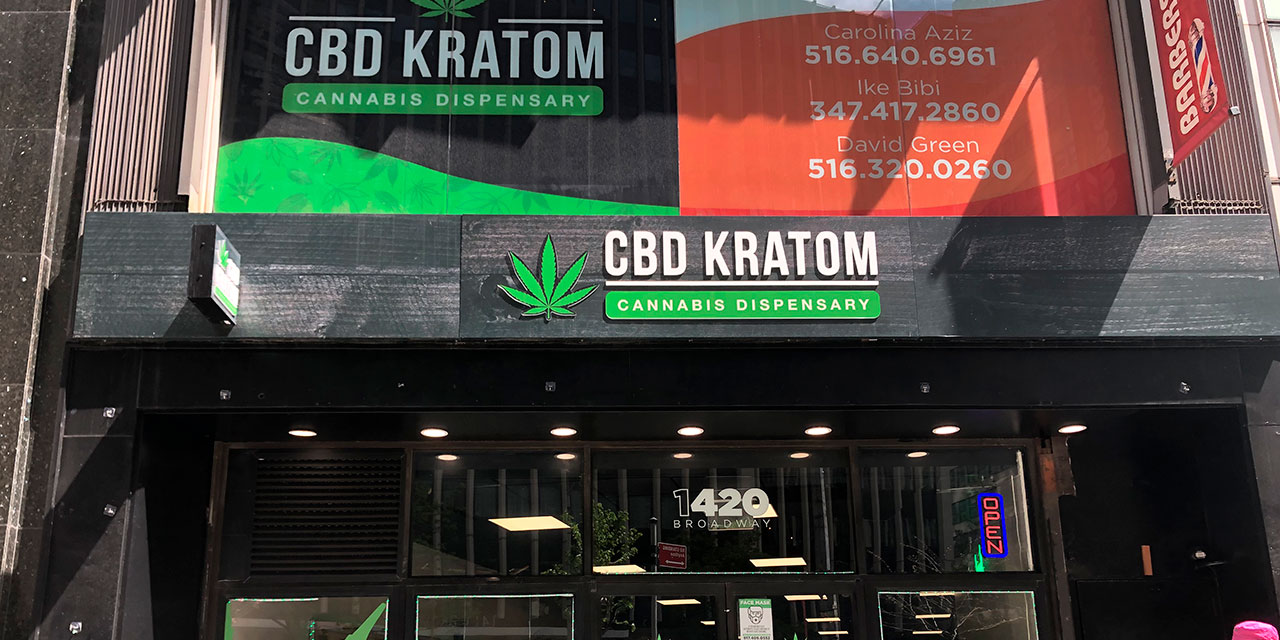
Despite its reputation as a harmless, natural pain reliever, kratom, an increasingly popular psychoactive herb, is linked to dependence and withdrawal symptoms, as well as dangerous side effects. In fact, as I wrote previously in City Journal, my cousin died after an accidental kratom overdose.
Kratom remains unregulated at the federal level, but some state legislatures have stepped into the breach. Most recently, New York passed a bill that would restrict the sale of the herb. While this is a good first step, legislators in the Empire State should go further to protect public health.
Finally, a reason to check your email.
Sign up for our free newsletter today.
On June 13, Senate Bill S4552A cleared both chambers of the New York State Legislature with bipartisan support. The bill would ban the sale of kratom products to individuals under 21 and subject violators to a fine of up to $500. It awaits Governor Kathy Hochul’s signature, and seems likely to become law as kratom-related tragedies continue to mount in New York.
The bill appears at a crucial point in the debate over kratom. The Food and Drug Administration and safety advocates have turned their attention toward the herb’s safety risks—particularly those associated with one of its alkaloids, 7-hydroxymitragynine. Earlier this year, researchers from Texas Tech and the University of Florida published a study examining the respiratory effects on rats of mitragynine and 7-hydroxymitragynine, the two primary chemical compounds naturally found in kratom leaves. Chris McCurdy, one of the world’s leading kratom experts, was among the study’s authors.
The study’s preliminary results confirm what many kratom skeptics suspected. The researchers found that 7-hydroxymitragynine induced significant respiratory depression in rats, with depressant effects comparable to those of morphine. Those effects were offset by the provision of naloxone (more commonly known by the brand name “Narcan”), a medication used to reverse the effects of an opioid overdose. The researchers also noted that some synthetically enhanced kratom products contain up to 98 percent 7-hydroxymitragynine, “rais[ing] significant safety concerns.”
Researchers also made a troubling discovery related to mitragynine, the predominant alkaloid in kratom. When they administered mitragynine to the rats, they found that the alkaloid had a stimulating effect that, at higher doses, induced seizure-like activity. This discovery aligns with Poison Control Center data, which link kratom exposure to seizures.
These disturbing findings signal the need for stricter kratom regulation in New York and other states. Louisiana has already cracked down, recently becoming the seventh state to ban the herb. On August 1, Senate Bill 154 took effect, which labels mitragynine and 7-hydroxymitragynine Schedule 1 substances under Louisiana law and prohibits the manufacture, distribution, and possession of kratom products.
In blue states like New York, outright bans may face political headwinds. But the Empire State can pursue other targeted reforms—short of banning kratom, but more forceful than S4552A—that would address the safety risks posed by a large share of the kratom products sold on the market today. One option is to outlaw kratom products with relatively high concentrations of 7-hydroxymitragynine; another is to ban the sale of kratom products that have been synthetically modified to increase their potency.
Other states have passed similar restrictions. Arizona, Texas, and Utah, for example, prohibit the sale of kratom products with 7-hydroxymitragynine concentrations greater than 2 percent of the total alkaloid composition. In May, Oklahoma made it illegal for vendors to sell kratom products with a 7-hydroxymitragynine concentration greater than 1 percent. These state laws also ban the sale of synthetically altered kratom products.
Oklahoma was right to set its legal limit at 1 percent. Legislators in New York and elsewhere should follow suit. Additionally, wherever the herb is legal, policymakers should require that vendors post warnings about safety risks, including the risk of addiction, along with information about their products’ alkaloid composition and recommended dosing.
Recent research confirms that kratom poses serious health risks. While New York’s new bill is a good starting point, the state should take bolder action. So long as the kratom market remains a Wild West, public health will continue to suffer.
Photo by: Lindsey Nicholson/UCG/Universal Images Group via Getty Images
City Journal is a publication of the Manhattan Institute for Policy Research (MI), a leading free-market think tank. Are you interested in supporting the magazine? As a 501(c)(3) nonprofit, donations in support of MI and City Journal are fully tax-deductible as provided by law (EIN #13-2912529).
Source link


















